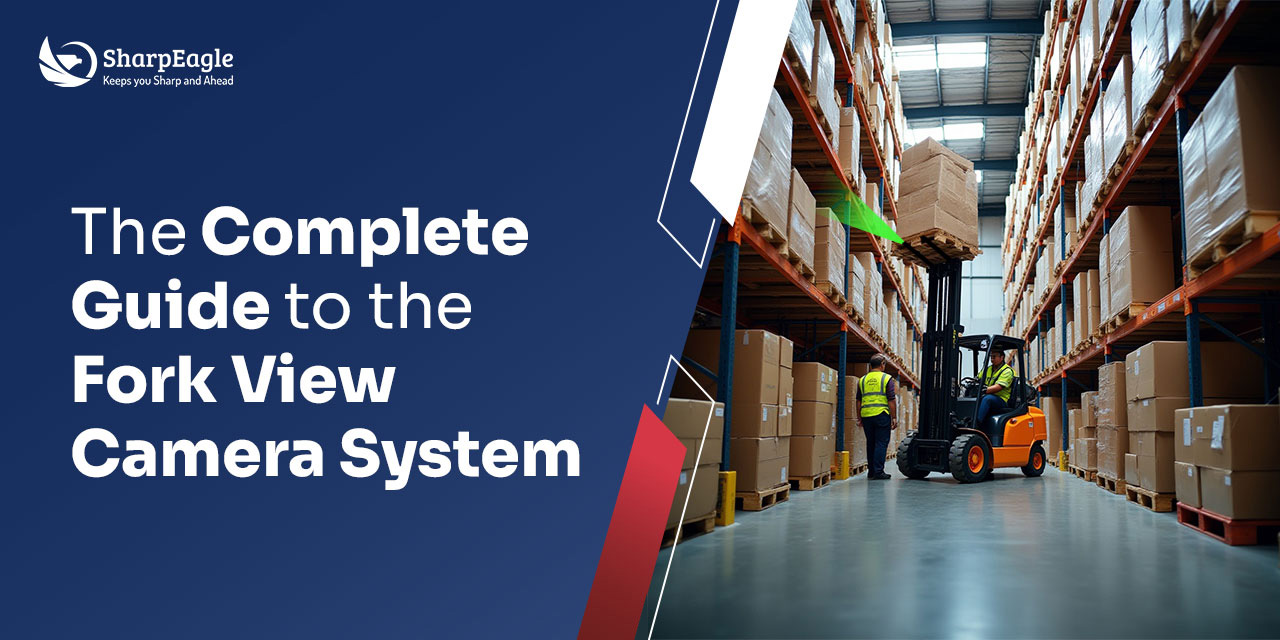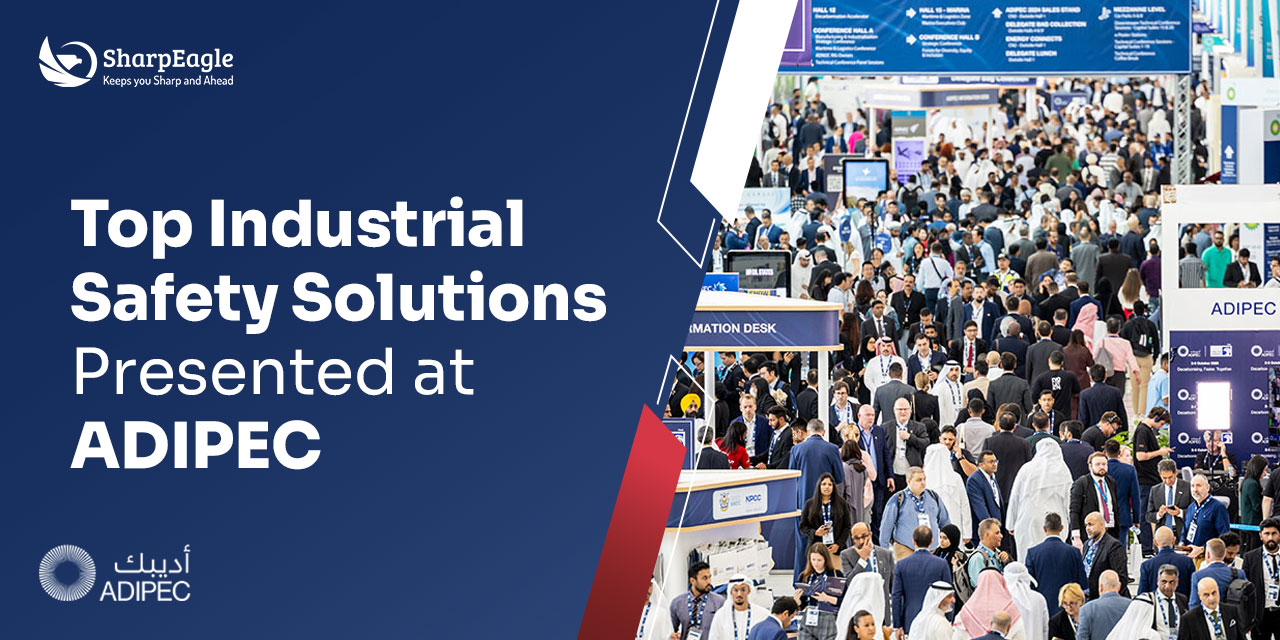

Forklifts are essential for streamlining operations in warehouses and industrial sites, but their efficiency comes with risks. Blind spots are a leading cause of forklift accidents, posing threats to workers and property. Without the proper strategies and equipment, these blind spots can result in severe accidents. This guide explores actionable solutions to enhance forklift blind spot safety and protect your team and assets.
Forklift blind spots are zones where the operator's field of vision is restricted or obstructed, often due to the forklift's structural design. Key factors contributing to these blind spots include the mast, the size and positioning of the load, and limitations in rear view visibility. Accidents commonly occur in these areas when operators attempt to navigate corners without sufficient visibility or fail to identify nearby pedestrians or obstacles, underscoring the critical need for enhanced safety measures.

The forklift blind spot diagram above clearly shows how the operator’s field of vision is compromised, especially at intersections or when reversing. Addressing this issue requires a comprehensive approach combining technology, operator training, and effective safety practices.
Blind spots are a leading cause of forklift-related accidents, often resulting in serious injuries, operational downtime, and financial losses. Data indicates that a significant percentage of forklift collisions stem from limited operator visibility in these areas, underscoring the importance of proactive safety measures.
One effective solution is implementing a forklift radar blind spot detection system. This advanced technology enhances operator awareness by providing real-time alerts about obstacles in blind spots. By addressing visibility challenges, this system reduces the risk of accidents, ensuring a safer and more productive operational environment.
To avoid forklift blind spots and prevent accidents, a multi-layered safety strategy is essential. These three layers of protection provide comprehensive safety coverage:
One of the most effective ways to minimise blind spot risks is to regulate forklift speeds and use spotters.
Operators should also be trained on when to turn into a corner forklift for optimal visibility and safety.
Advanced visibility tools, such as mirrors and cameras, are indispensable for improving a forklift operator's ability to manage blind spots effectively. These tools enhance situational awareness, mitigate risks, and significantly reduce the likelihood of accidents caused by limited visibility.
Integrating these tools with a forklift radar blind spot detection system further improves safety by providing real-time alerts for nearby obstacles.
Forklift safety lights are a vital yet often underutilised component of workplace safety. These lights enhance visibility around forklifts, acting as a proactive warning system for nearby pedestrians and workers.
For maximum effectiveness, these lights should be included in routine safety checks and paired with proper operator training.
Modern safety solutions, such as the forklift radar blind spot detection system, are game changers in reducing accidents. This system uses sensors to detect objects in blind spots and provides audio or visual alerts to the operator.
Additionally, a forklift blind spot diagram can be used during training sessions to visually demonstrate how blind spots occur and how to mitigate them effectively. Combining these tools with robust training programs ensures that operators are well-prepared to handle real-world challenges.
While forklifts and cranes serve different purposes, they share similar challenges regarding blind spots. The best way to avoid a crane's blind spot involves:
These principles can also be applied to forklifts, emphasising the importance of layered safety strategies.
Also Read: How To Prevent Pedestrian Injuries While Driving a Forklift?
Preventing forklift accidents caused by blind spots requires a combination of technology, training, and awareness. Solutions such as speed limiting, spotters, mirrors, cameras, and safety lights create a safer operational environment. Additionally, tools like a visibility forklift blind spot diagram and a forklift radar blind spot detection system play a pivotal role in enhancing safety measures.
Investing in comprehensive forklift blind spot safety not only safeguards your workforce but also improves overall operational efficiency. To explore our complete range of safety solutions in minimising blind spots in industry-specific settings, visit SharpEagle or book a free consultation call today!



